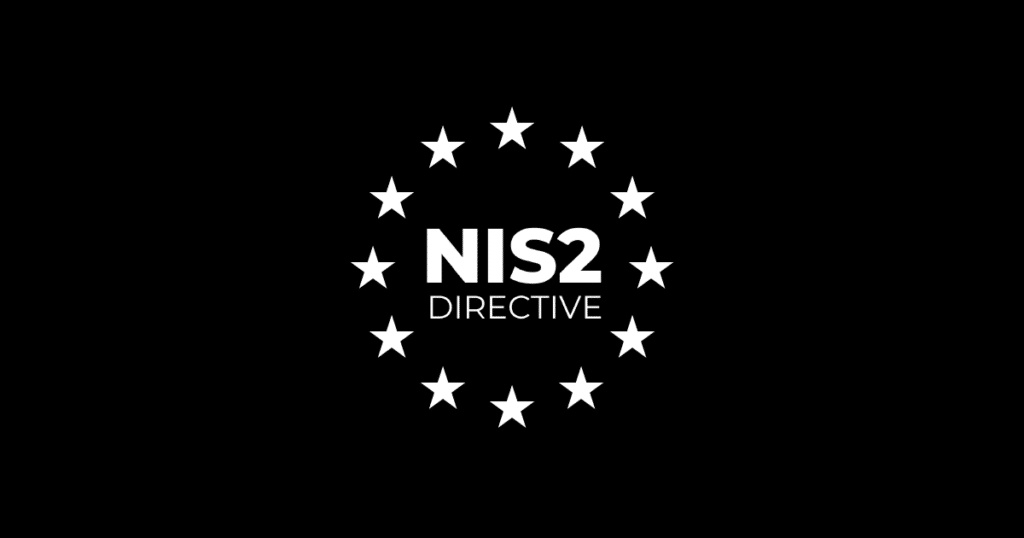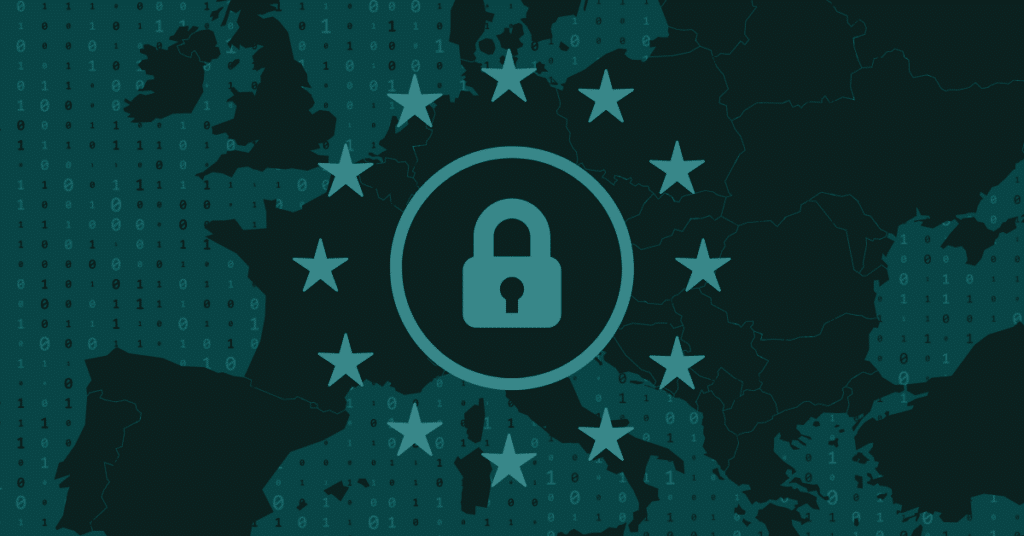Silverfort Blog
Compliance
Explore our blog for expert insights on identity security, latest threat intelligence and research, and cutting-edge product updates.
We dared to push identity security further.
Discover what’s possible.
Set up a demo to see the Silverfort Identity Security Platform in action.












